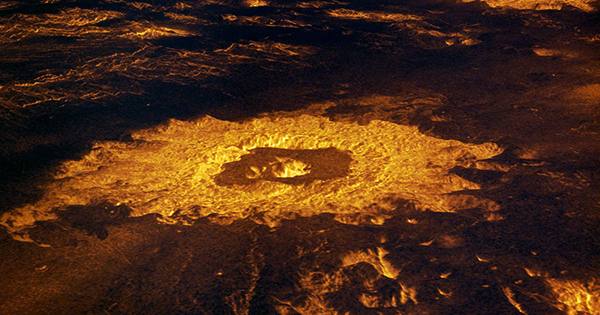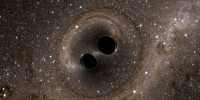NASA Administrator Sen. Bill Nelson today announced NASA’s next two discovery missions: DAVINCI+ and VERITAS. Both missions will task with studying Venus. It marks the first time in 30 years that a space agency will return to Earth’s burning hell. The DAVINCI + (Noble Gas, Chemistry and Imaging plus Deep Atmosphere Venus Investigation) Discovery Mission will inform our understanding of the dense and toxic Venetian atmosphere, there is a potentially interesting chemistry going on there.
This mission could provide insights into whether there was an ocean on the planet. The second mission is VERITAS (Venus MCVT, Radio Science, INSAR, Topography and Spectroscopy). The spacecraft will analyze the planet’s geology as well as create incredibly detailed maps of the Venusian surface. Both missions will work together to make a planet equal in size to Earth why lead-melting temperatures and acid rain hell. NASA is finally returning to Venus for the first time in more than three decades and a second time.
On Wednesday, NASA Administrator Bill Nelson announced the agency’s latest choices for robotic planet missions, both expected to move to Venus by the end of the 2020s: DAVINCI + and VERITAS. “Both of these sister missions are aimed at how Venus was able to melt lead underground on Earth like a star,” Mr. Nelson told the space agency’s efficiency during his “State NASA” speech. Venus is the twin of Earth in many ways – it is comparable in size, mass and composition and it the planet whose orbit is closest to Earth.
However, the history of the two planets has sunk. The Earth’s temperature is moderate and most of it is coverer in water, with Venus, a dense atmosphere of carbon dioxide, with one of the worst temperatures on Earth’s surface being 900 degrees Fahrenheit. After many missions by the United States and the Soviet Union to explore it in the 1970s, ’80s and’ 90s, the focus shifted elsewhere. In previous years, a group of scientists using Earth-based telescopes after re-entering the light of a neglected Venus planet claimed that they had found strong evidence for germs living in Venus clouds today where temperatures remain comfortable warm instead of flashes.
















